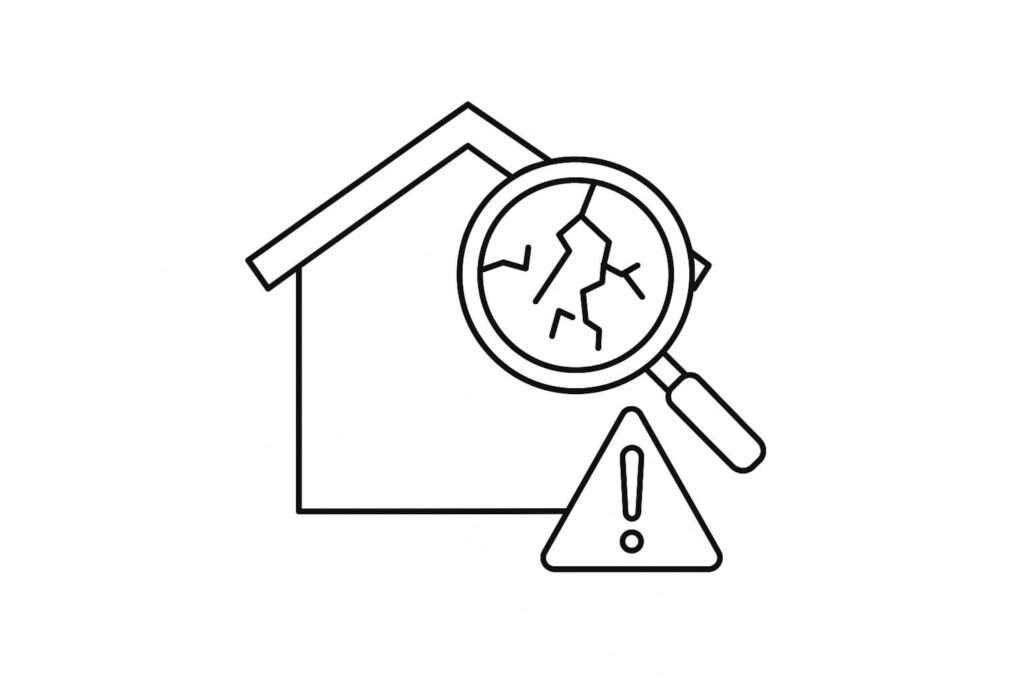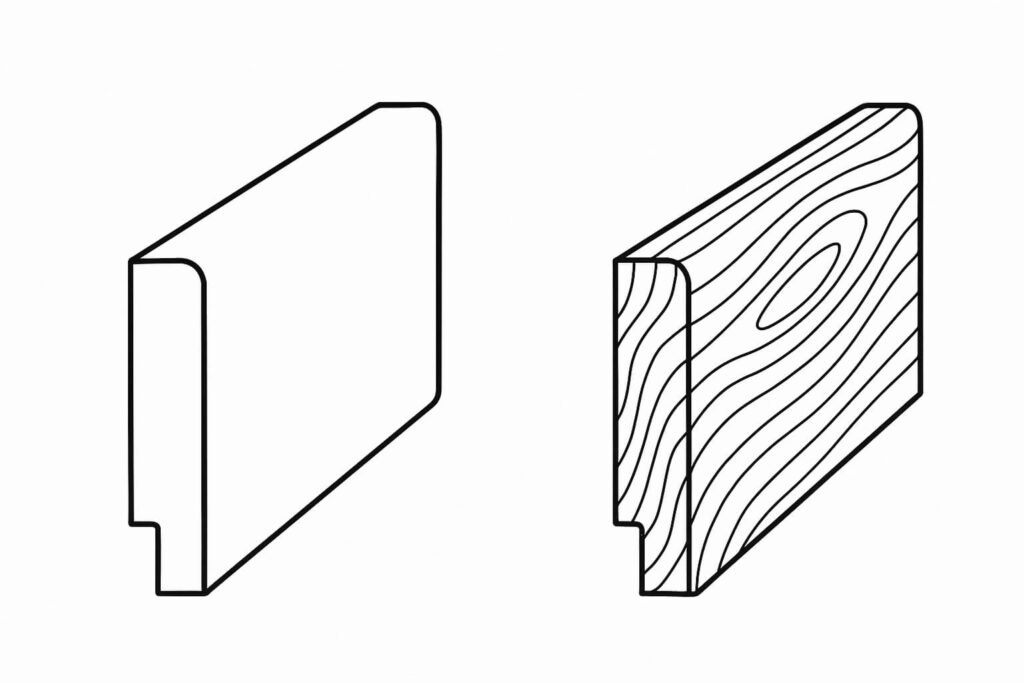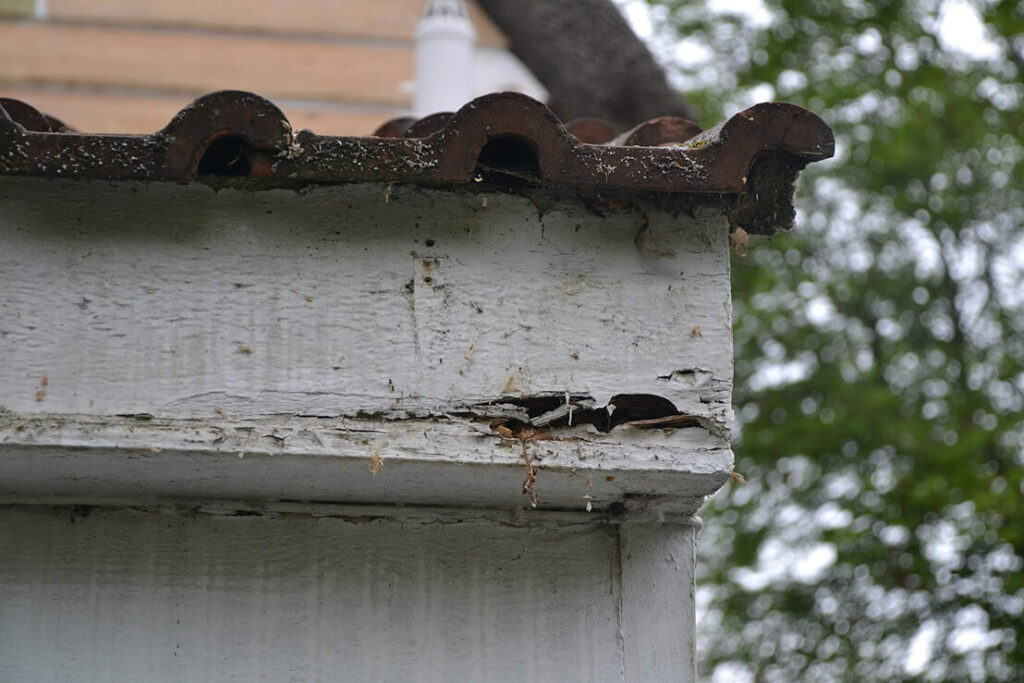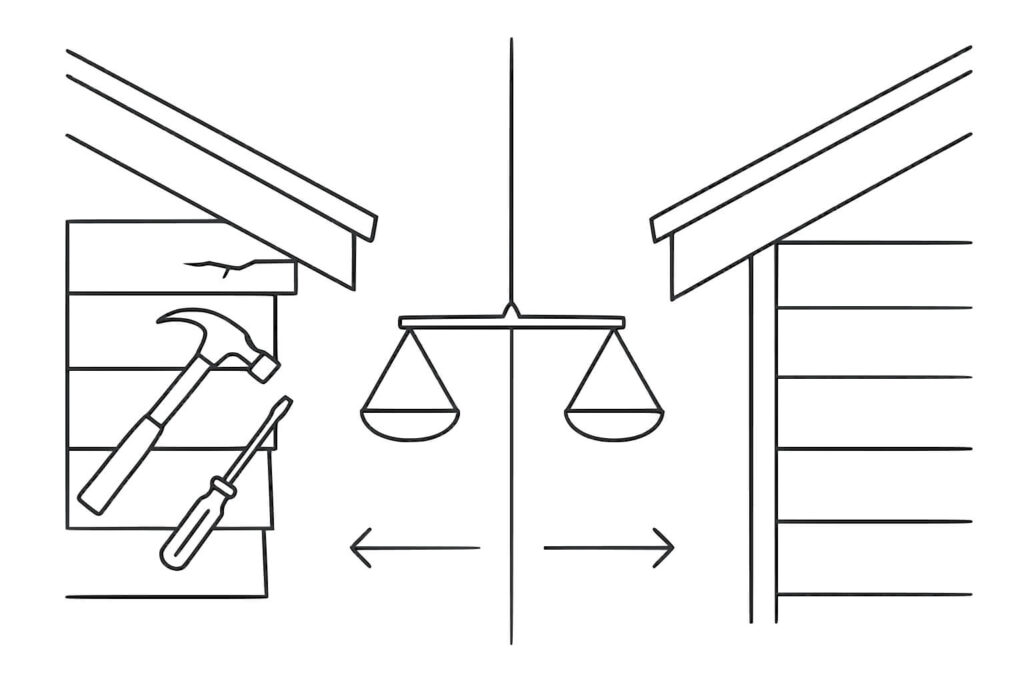Common Fascia and Soffit Problems: Solutions and Prevention Guide
Fascias and soffits face numerous challenges from weather exposure, age, and environmental factors that can compromise their protective function and appearance. Understanding common problems, their causes, and effective solutions helps homeowners address issues promptly while implementing prevention strategies that extend system lifespan and maintain optimal performance.
Moisture-Related Problems
Water Damage and Rot
Water intrusion represents the most serious threat to roofline systems, causing rot in timber components and structural damage that can affect entire roof systems. Common entry points include failed joints, damaged guttering, and inadequate weather sealing that allows moisture penetration.
Early signs include discoloration, soft spots, and musty odors that indicate active moisture problems requiring immediate attention. Advanced damage presents as visible rot, structural sagging, or complete material failure that necessitates replacement rather than repair.
Prevention strategies include regular gutter maintenance, prompt repair of damaged seals, and ensuring adequate ventilation that prevents condensation buildup. Professional inspection can identify vulnerable areas before serious damage occurs.
Condensation Issues
Inadequate ventilation creates conditions that promote condensation formation, leading to moisture problems that affect both roofline components and interior spaces. Poor ventilation particularly affects soffit areas where warm, moist air can condense on cool surfaces.
Solutions include improving ventilation through additional soffit vents, ridge ventilation, or mechanical ventilation systems that maintain proper airflow. Professional assessment ensures ventilation improvements address specific problem areas effectively.
Insulation management prevents warm air from reaching cold surfaces where condensation forms. Proper vapor barriers and insulation installation work together with ventilation systems to prevent moisture problems.
Structural Problems
Sagging and Misalignment
Structural problems including sagging fascias or misaligned components indicate inadequate support or material failure that affects both appearance and function. These problems often worsen rapidly and require prompt professional attention.
Causes include overloading from heavy guttering systems, inadequate fastening, or structural deterioration of supporting elements. Age-related material degradation can also contribute to structural problems that require comprehensive assessment.
Solutions range from additional support installation to complete component replacement depending on problem severity. Professional structural assessment ensures appropriate repair methods that address underlying causes.
For professional assessment and repair of structural problems, visit our fascia repair services page which details our comprehensive approach to addressing all types of roofline issues.
Material-Specific Issues
UPVC Problems
UPVC systems can experience expansion and contraction issues, particularly in extreme temperature conditions that cause movement at joints and connections. Proper installation techniques and appropriate expansion allowances prevent most movement-related problems.
Color fading or surface degradation can occur with lower-quality UPVC materials or inadequate UV protection. Quality materials with proper UV stabilization prevent these problems while maintaining appearance throughout the service life.
Impact damage from storms, falling debris, or maintenance activities can crack or break UPVC components. Most damage requires component replacement rather than repair, but professional assessment ensures appropriate solutions.
Timber-Specific Issues
Timber systems face unique challenges including pest damage, warping, and finish deterioration that require ongoing attention and maintenance. Different timber species have varying susceptibility to these problems.
Pest damage from insects or woodpeckers can compromise structural integrity while creating entry points for moisture and additional pests. Professional pest control combined with structural repair addresses both immediate problems and prevention.
Warping and splitting from moisture cycles and temperature changes affect both appearance and weather protection. Prevention includes proper finishing and maintenance while solutions may require component replacement.
Prevention Strategies
Regular Maintenance Programs
Systematic maintenance including cleaning, inspection, and prompt repair prevents minor issues from developing into major problems. Regular attention to roofline condition provides early warning of developing issues.
Professional maintenance services provide comprehensive care and expert problem identification that homeowners might miss. Regular professional attention often prevents expensive emergency repairs and extends system lifespan.
Seasonal preparation including gutter cleaning, ventilation clearing, and weather sealing inspection prepares systems for challenging weather conditions that could cause problems.
Environmental Management
Vegetation control prevents damage from overhanging branches, root systems, and organic debris accumulation that can affect roofline systems. Regular trimming and debris removal protect roofline components.
Drainage improvements including proper site grading and gutter maintenance prevent water accumulation that can cause moisture problems. Effective drainage is essential for long-term roofline health.
Pest exclusion measures including sealing entry points and removing attractants prevent pest-related damage while maintaining system integrity. Professional pest management provides ongoing protection.
Contact us today for professional problem assessment and effective solutions for all types of fascia and soffit issues. Our experienced team provides comprehensive diagnosis and proven repair methods that address both symptoms and underlying causes.




